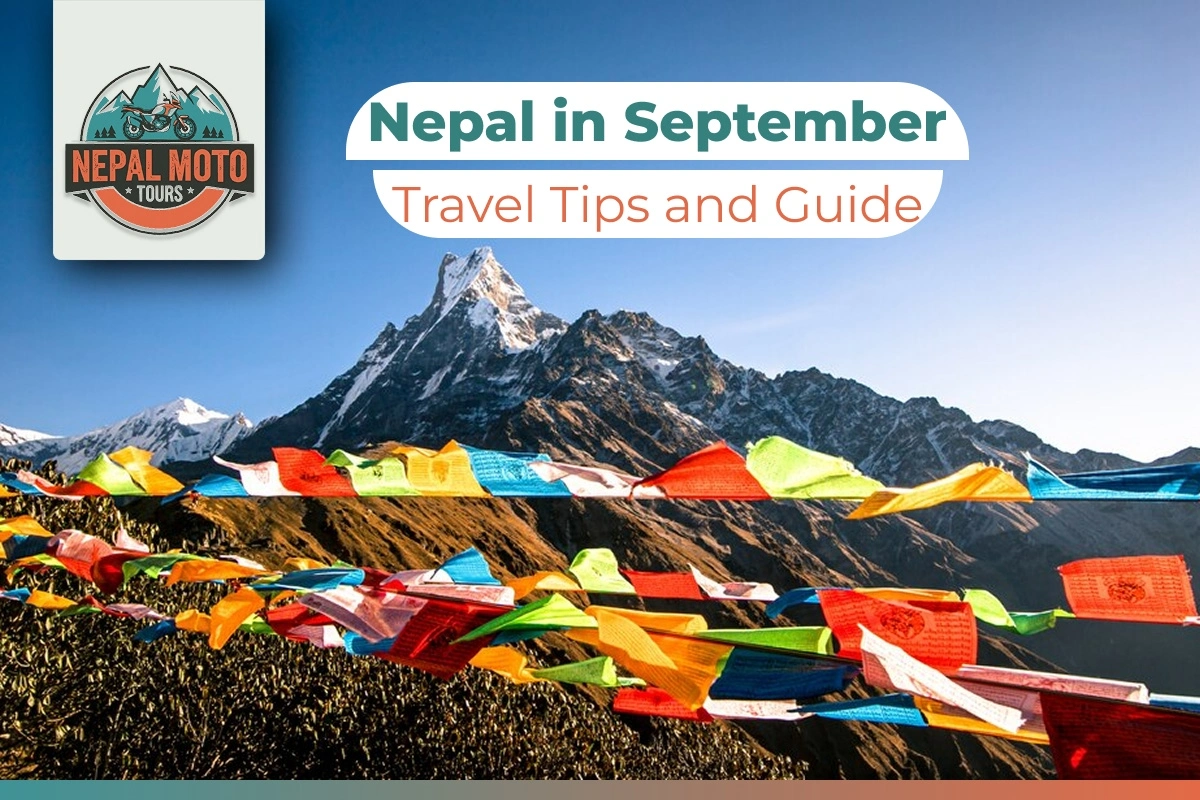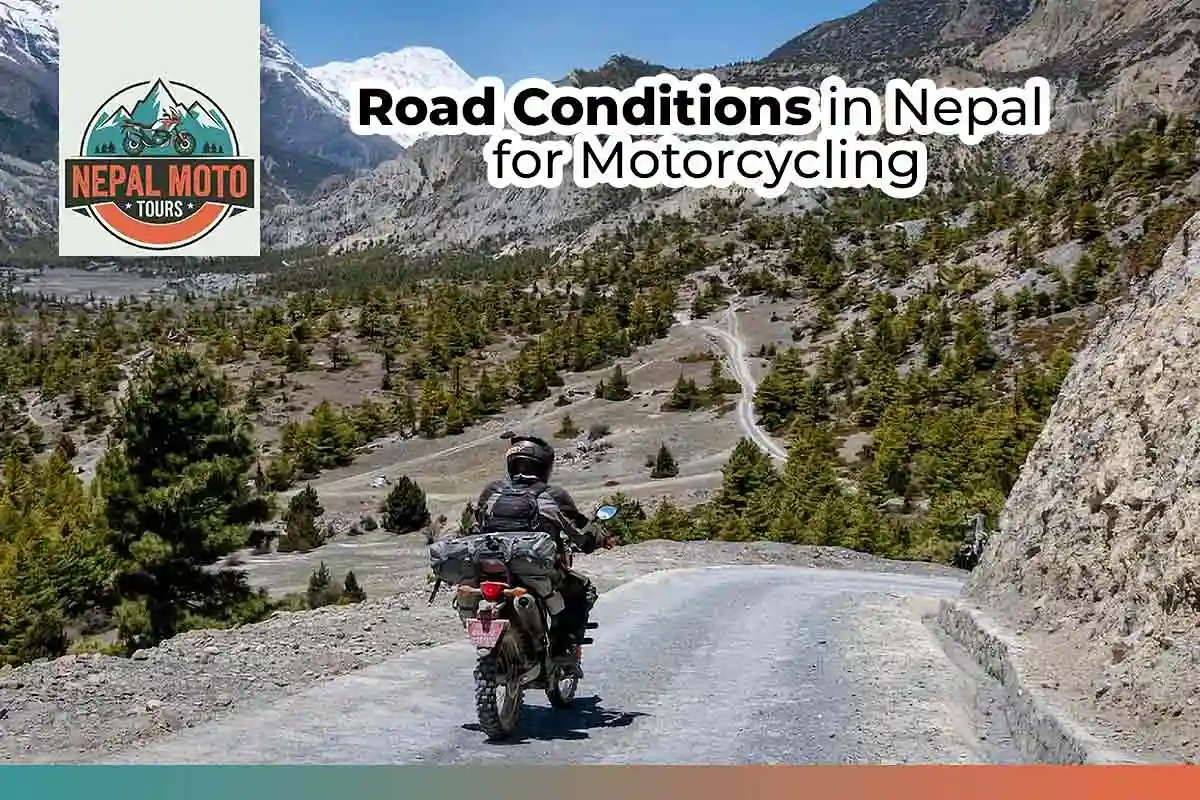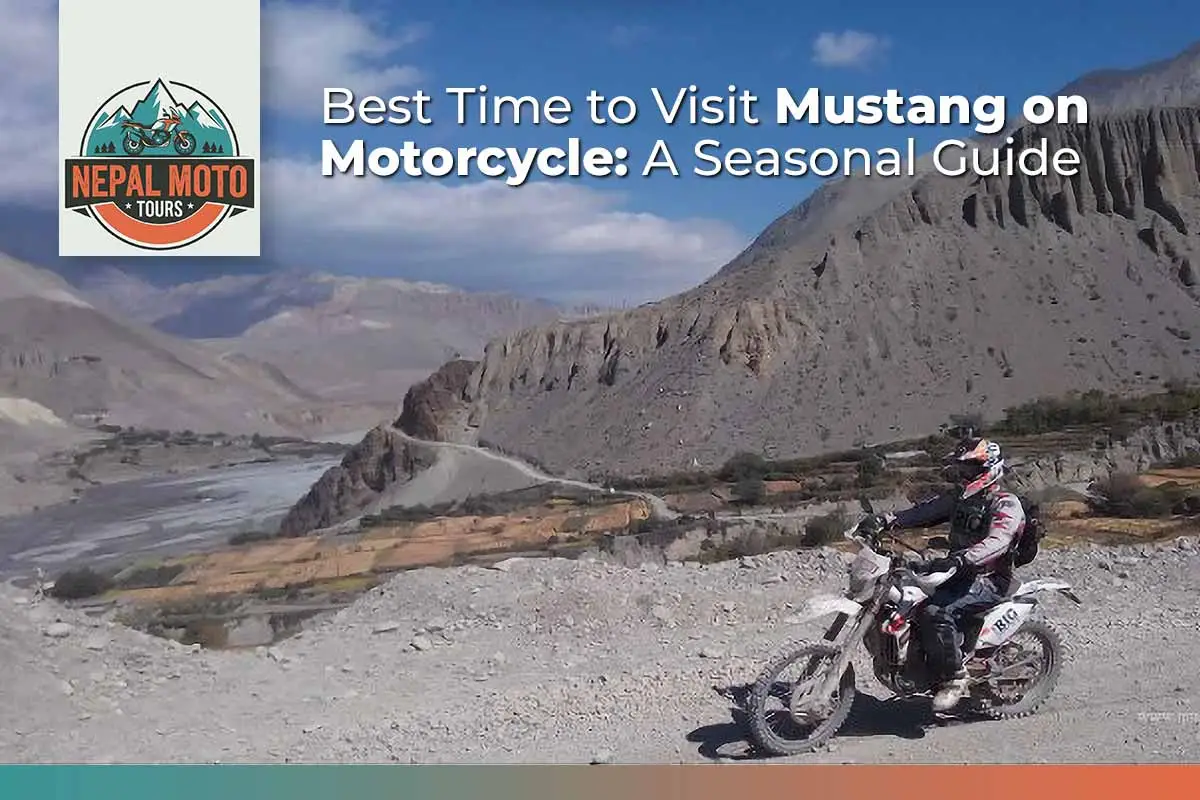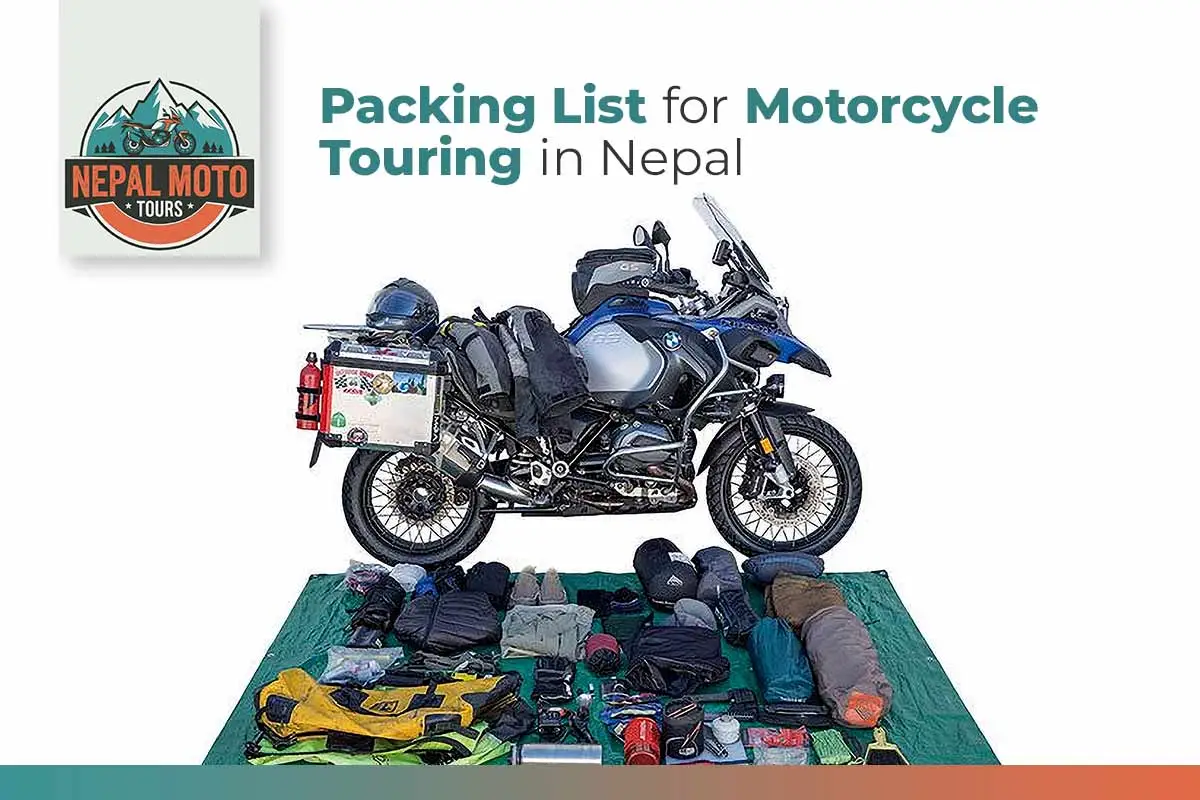July in Nepal may not be the typical season aimed by most travellers due to its weather. But that’s exactly why it stands out. Beyond rain, mud and mist, of the monsoon there lies a version of Nepal that’s refreshingly raw, and vibrant.
While the rain and clouds of the season may limit some mountain views, it also reduces crowds, and costs on and around major tourist destinations. Different cultural festivals are celebrated in many parts of the country to witness. Adventure like treks and off-road biking are also possible, especially in the rain-shadow regions.
And there are plenty more things. This guide will walk you through everything to help you make the most out of your journey. From the weather to travelling and packing tips, here’s what you need to know while heading to Nepal in July.
Weather in July in Nepal
As mentioned earlier, Nepal’s weather in July is dominated by the summer monsoon. This monsoon brings consistent rainfall to most parts of the country. While it can be a challenge, it also creates dramatic scenery and quiet travel moments that are hard to find in busier seasons.
However, before headstarting any journey, take a quick look at the key elements that define July’s weather across different regions.
- Temperature & Humidity: The temperature of Kathmandu valley can hover around 20 to 30°C (68°F to 86°F) with humidity of 80-90% in this season. While the Terai region (the southern plains) is hotter and more humid, the hills can offer a cooler escape at this time.
- Rainfall: It’s a fact that July is one of the wettest months of the year, especially in central and eastern Nepal. Rain usually falls in intense afternoon bursts, leaving mornings clearer for exploration.
- Visibility: Mountain views are limited due to cloud cover, but early mornings can offer rare and clear glimpses after overnight rain. In valleys and hills, mist and fog create a mystical, almost surreal atmosphere.
- Rain-Shadow Regions: Regions like Upper Mustang, Dolpo, and Manang receive little rain even in July, making them ideal for trekking and off-road motorcycle adventures. These high-altitude areas lie in the Himalayan rain shadow, offering dry weather and unique landscapes.
Why Visit Nepal in July?
Keeping the above weather elements in mind, now we can delve into the exciting possible experiences that Nepal can offer in July. Here are few reasons that might lure you into planning a visit here:
- Lush Scenery: Because of the rainfalls, the natural beauty of Nepal is at its most vivid green in July. The hilly terraced farms and Terai plains turn into shades of green. The rivers sweep through valleys with force, and waterfalls come alive on every hillside.
- Fewer Tourists: With July being off-season, popular destinations like Pokhara, Annapurna, and even Kathmandu’s heritage sites are far less crowded. That means quieter trails, better availability of rooms, and a more personal travel experience. You’ll get to see Nepal without the rush of high-season tourism.
- Cost Savings: Lower tourist numbers lead to noticeable price drops on hotels, tours, and transportation. Many mid-range and even luxury accommodations offer rainy-season discounts. If you’re traveling on a budget, July gives you more value for your money.
- Monsoon-Era Festivals: Major festivals start to begin in July and are celebrated across the country with traditional rituals and gatherings. These events aren’t staged for tourists, they’re lived and felt by the people. Visiting during these times gives you a rare time into Nepal’s spiritual and cultural life.
Top Activities During July Month in Nepal
With so many places to explore, journeys to unravel, adventures to get thrilled by, some top activities you can add to your visit list are described in detail below:
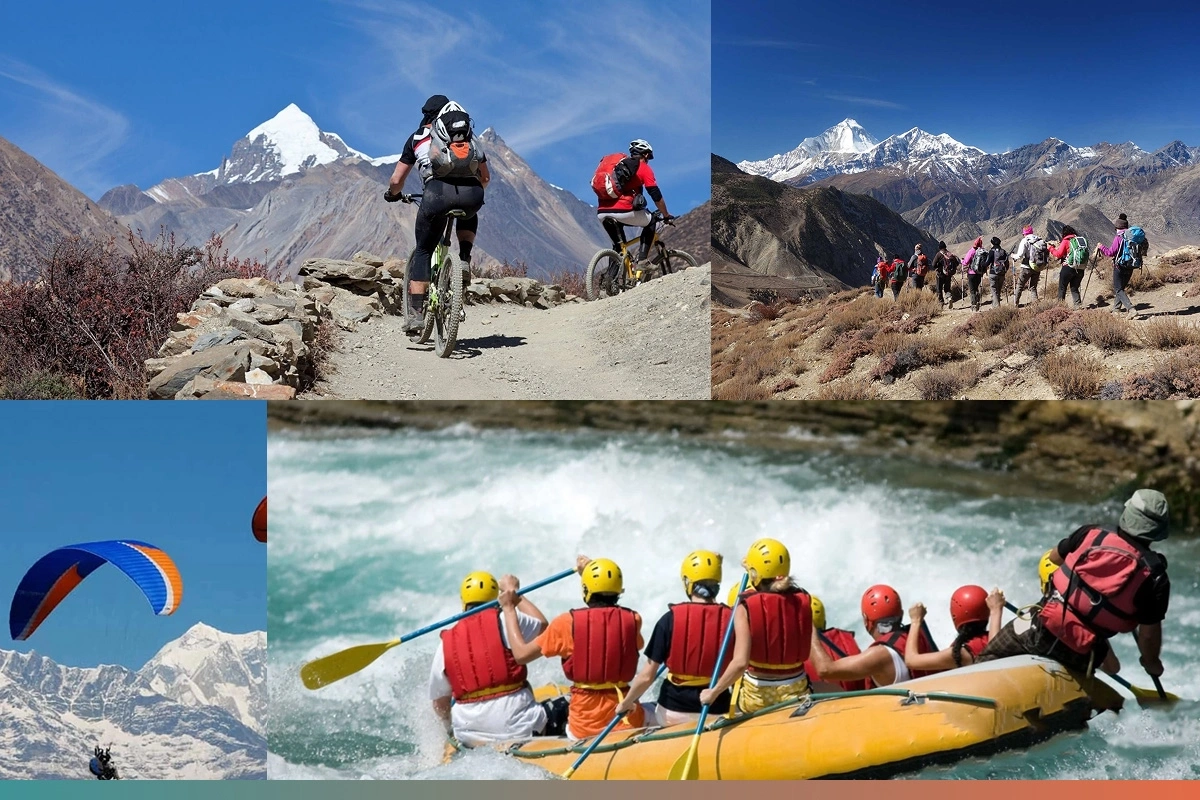
-
Rain-Shadow Treks:
As already mentioned, the great Himalayas create some rain-shadow regions in Northern Nepal. Upper Mustang or Dolpo are some such places that see very little rain and offer desert-like landscapes, ancient caves, and a blend of unique terrain and cultures. They are also very famous for their treks, and off-road bike adventures.
-
Cultural & Heritage Tours:
The Kathmandu Valley is one of the densest UNESCO World Heritage hubs in the world, with sites like Patan Durbar Square, Swayambhunath, and Pashupatinath all within easy reach. July’s slower pace and cooler air make it ideal for walking tours, museum visits, and wandering ancient city alleys. Without too much of a crowd, you can observe these heritages more personally.
-
Spiritual & Wellness Retreats:
Nepal offers a wide range of yoga, meditation, and wellness retreats, especially in places like Pharping, Namo Buddha, and Pokhara. Many centers offer traditional practices like Vipassana, sound healing, and Ayurvedic treatments in peaceful, natural settings. It’s a calm, reflective way to experience the country while staying dry and grounded.
-
Wildlife Safaris:
While some trails may be muddy, Chitwan and Bardia National Parks are still worth visiting. You can spot rhinos, elephants, gharials, and over 500 species of birds, especially after the rain when the jungle comes alive. With a good guide and some waterproof gear, the experience can be much more rewarding than the dry season.
-
Motorcycle Tours:
Rainy gravel roads added with the potholes can be challenging, but for seasoned riders, it can be adventurous. July is that very time, where these things come together. You can bring your own bike or even rent bikes for these motorcycle tours. Routes to Mustang and Manang are more accessible than others, with rugged trails and fewer vehicles on the road.
Major Festivals During July Month in Nepal
Besides adventure, July also brings meaningful cultural moments. Here are two key festivals you may witness during your visit:
- Ghanta Karna (Gathemangal): Wards off evil spirits Celebrated mainly in the Kathmandu Valley, Ghanta Karna symbolizes the defeat of evil and protection from negative forces. Locals create effigies of demons, which are later burned or thrown into rivers. It’s a lively, symbolic ritual that mixes fear, humor, and tradition.
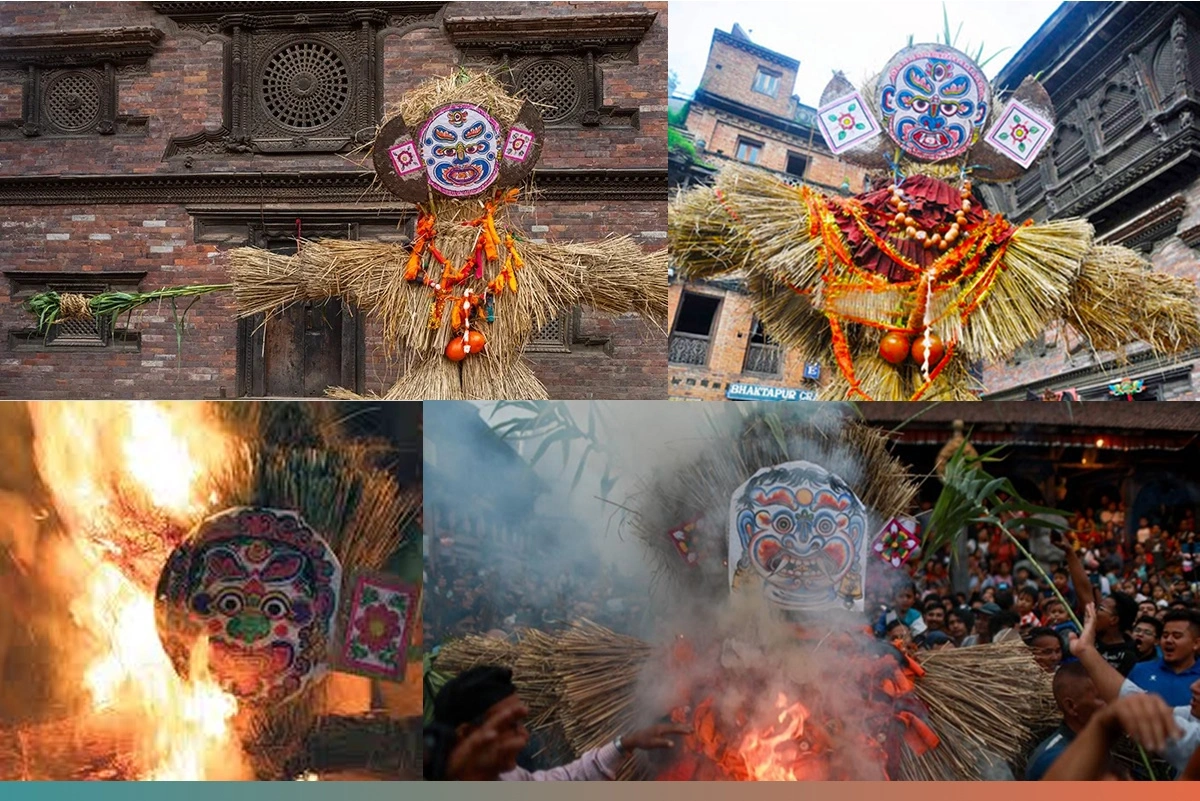
- Teej: Hindu female worshipers primarily celebrate Teej through their observance of religious fasting while performing dances and devotional rituals. Women wearing red sarees attend Pashupatinath temple with other Hindu followers to perform spiritual dancing and singing as they bring prayers for marital success alongside household peace.
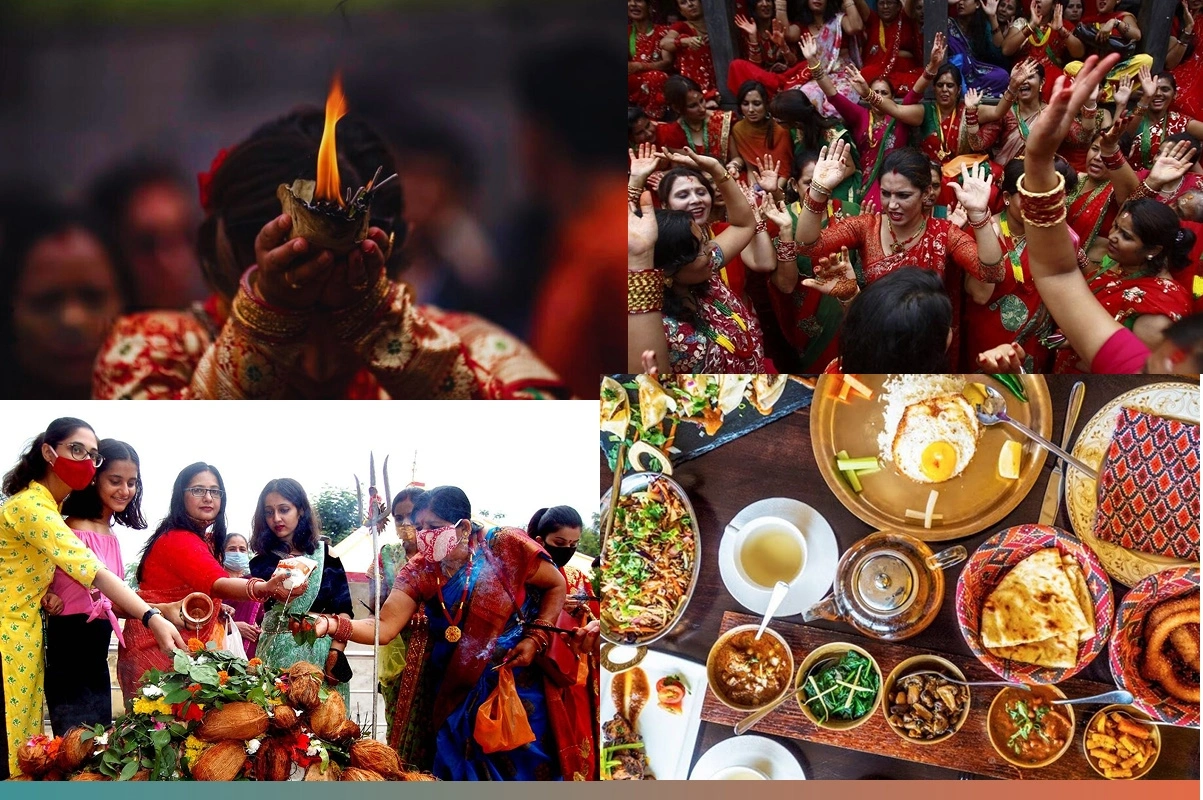
Packing Tips
No matter how you plan your journey to Nepal in July, your packing should be prepared for the monsoon. Here’s a quick breakdown of what you should absolutely not forget:
- Clothing: Quick-dry layers are essential to stay comfortable when you're caught in the rain. A waterproof jacket and pants will protect you from sudden downpours, whether you’re in the city or on the trail. Avoid heavy cotton, as it stays wet and cold.
- Footwear: Trails and city streets can both be muddy and slippery, so a good pair of waterproof trekking boots with solid grip is non-negotiable in July. You can also consider bringing a backup pair of lightweight sandals for evening or less rugged walks.
- Gear: A backpack rain cover is a must to keep your gear dry while travelling. Dry bags or waterproof pouches are also great for essential accessories like electronics, documents, etc.
- Essentials: As power outages can be common during heavy rains, keeping a power bank alongside will save your phone from dying out. A first-aid kit, insect repellent, and leech socks will save you while trekking or exploring jungle areas. And don’t forget quick snacks, purification tablets, and a reusable water bottle.
Travel Tips for July month in Nepal
Monsoon travel is all about timing, preparation, and flexibility. Including them, some tips that can help you manage your journey better are as follows:
- Early Starts: The July rains in Nepal usually hit in the late afternoon or evening, while the morning tends to be a bit clearer. If you’re planning for treks and outdoor explorations, starting early can help you avoid the worst of the weather. It can also help you provide better visibility in real as well as photos. The temperature for the hikes will also remain cooler in the morning.
- Local Guides: A local guide knows how to tackle the uncertain weather conditions of July, especially in remote regions. They can help you choose safer routes, and react promptly if plans need to be changed on spot. They can also communicate with locals, find better shelters, and handle transport or permit changes during unexpected delays.
- Flexible Itinerary: A strict schedule might not work in July, because of unpredictable weather. Landslides, road blockages or flight cancellations can delay your travel even if you have a guide alongside. So, adding a couple of buffer days into your itinerary gives you time for pivoted plans. It's better to have extra time than to cancel something you were looking forward to.
Conclusion
In conclusion, the landscapes of Nepal are alive with colour, the air is fresh, the festivals are moving, and the pace is peaceful in July. So, if you are someone who is willing to embrace the rain, you are going to experience one of the most beautiful and spiritually rich times in the country.
July isn’t just a travel window, it’s a chance to explore Nepal without the filters. Whether you’re hiking through ancient trails, soaking in culture or watching the lush hillsides, this season provides you a different kind of thrill.
And if you’re planning to take this adventure on two wheels, Nepal Moto Tours offers reliable bikes built for these conditions. With flexible rental options for both casual explorers and hardcore bikes, you’ll have the freedom to chase remote trains as well as conquer rain-shadow routes.



